
Makes mealtimes fun
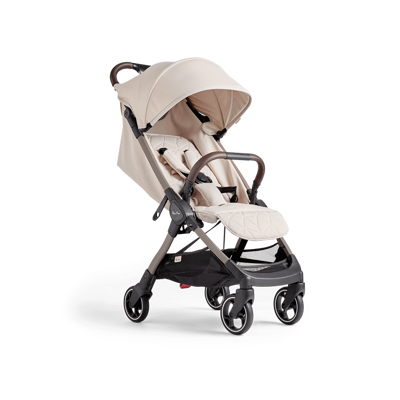
For everyday strolls with a one hand fold

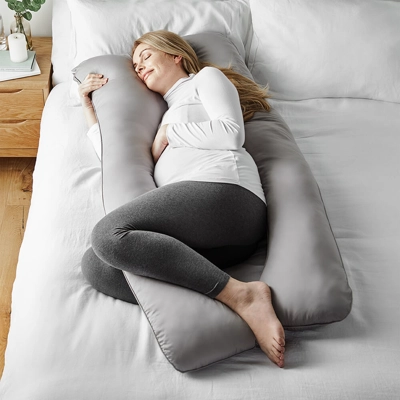
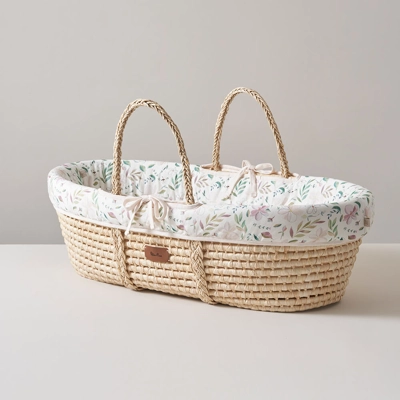
Add Muslin Swaddles worth £45 for FREE!
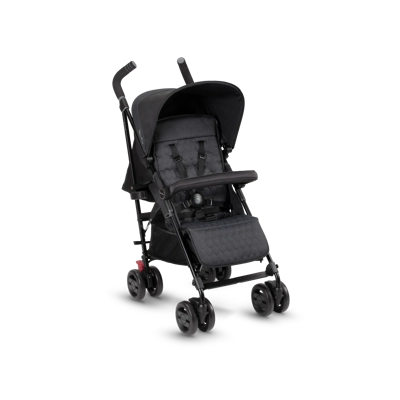
Suitable from newborn to toddler, Pop is the ultimate everyday pushchair offering a smooth and comfortable ride for baby and added peace-of-mind for parents.
The place for parents to be
Min read
Min read
Min read
Min read
Min read
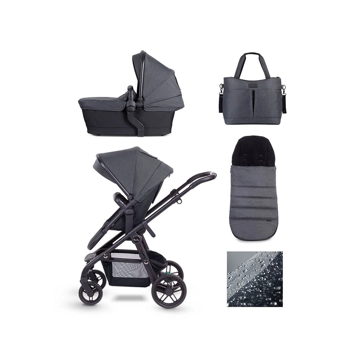
Coast is our cool and durable carrycot/pushchair travel system which features stylish detailing and premium marl fabrics. Coast is fully accessorised with a co-ordinating deeply padded footmuff and super practical pram bag.
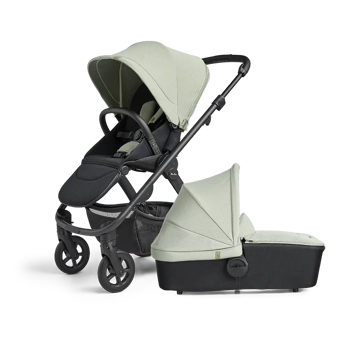
Tide is our new multi-terrain pushchair with an overnight sleeping approved carrycot, reversible multi-recline pushchair seat and effortless freestanding fold.
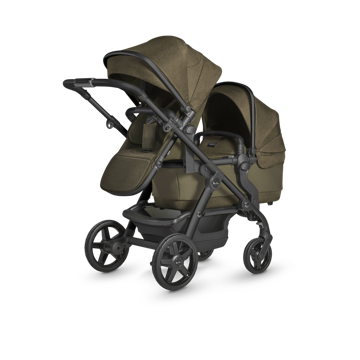
Introducing the all new Wave, our future-proof travel system that’s designed especially for growing families.
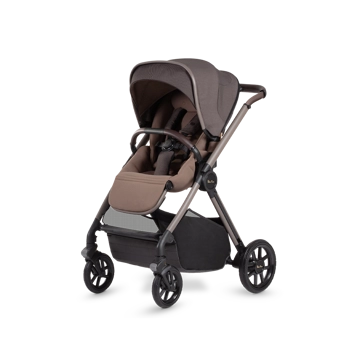
Suburban, stylish, sustainable – Reef is our multi-terrain travel system offering the ultimate in baby comfort no matter where your adventures take you.

Dune, our contemporary and compact urban travel system proves there’s no need to compromise when it comes to style and functionality.

Add an award-winning Dream i-Size Infant Carrier & Base with your Coast pushchair, designed for everyday strolls
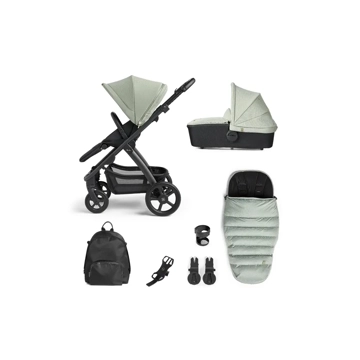
Our lightest, most compact multi-terrain pushchair, Tide is made for exploring. Includes Accessory pack with a changing rucksack, footmuff, phone holder and cup holder.

Our lightest, most compact multi-terrain pushchair, Tide is made for exploring. With 4-wheel suspens...

Our lightest, most compact multi-terrain pushchair, Tide is made for exploring. With 4-wheel suspens...

Everything you need with your Wave pram including Dream i-Size infant carrier & base, changing bag, footmuff, phone holder and snack tray
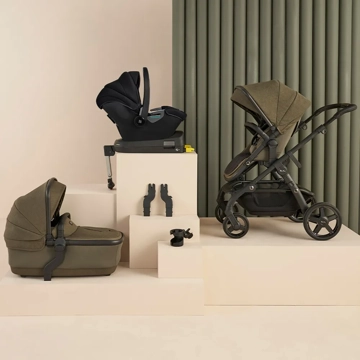
Turn your Wave pram into a Travel System with an award-winning Dream i-Size infant carrier
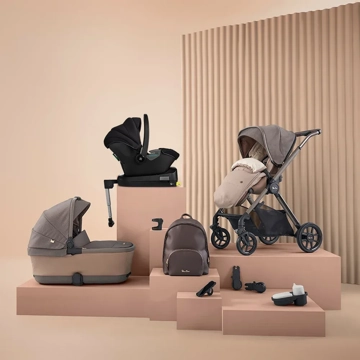
Everything you need with your Reef pram including a First Bed Folding Carrycot, Dream i-Size infant carrier, changing bag, footmuff, phone holder and snack tray

Reef, our multi-terrain travel system offering the ultimate in baby comfort no matter where your adventures take you with its freestanding fold, first bed folding carrycot and off road wheels with a travel pack
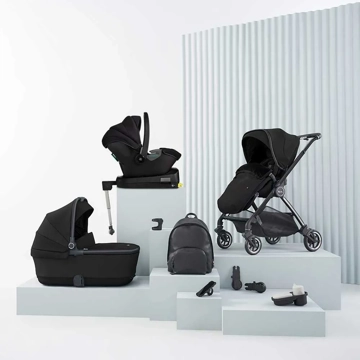
Everything you need with your Dune pram including a First Bed Folding Carrycot, Dream i-Size infant carrier, changing bag, footmuff, phone holder and snack tray
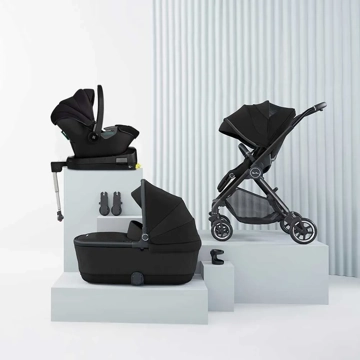
Combine your Dune pram with a Newborn Pod and an award-winning Dream i-Size infant carrier and Travel pack.
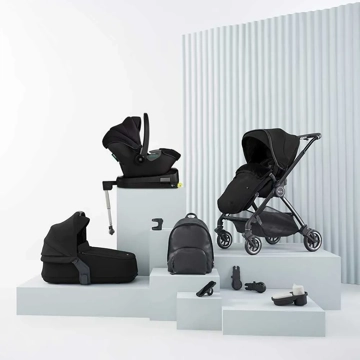
Everything you need with your Dune pram including a Compact Folding Carrycot, Dream i-Size infant carrier, changing bag, footmuff, phone holder and snack tray

Combine your Dune pram with a Compact Folding Carrycot and an award-winning Dream i-Size infant carrier
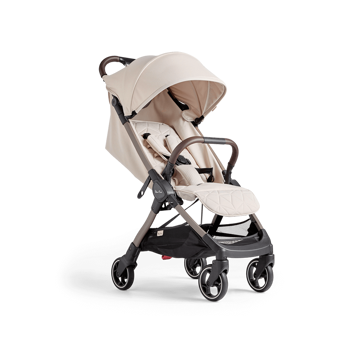
For everyday strolls with a one hand fold
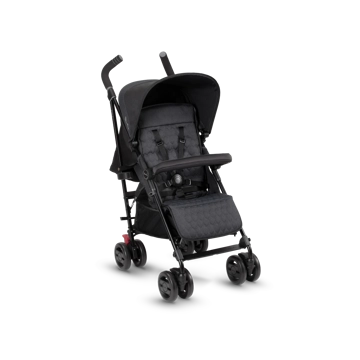
Suitable from newborn to toddler, Pop is the ultimate everyday pushchair offering a smooth and comfortable ride for baby and added peace-of-mind for parents.
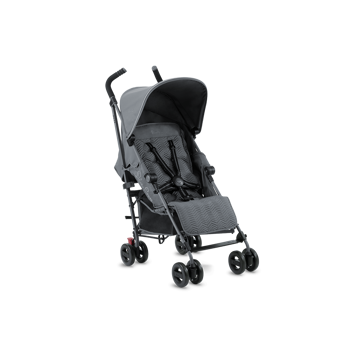
Upgrade your daily strolls with Zest, our everyday pushchair offering style and comfort for both parents and babies.
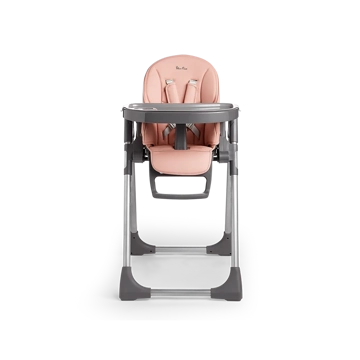
Makes mealtimes fun
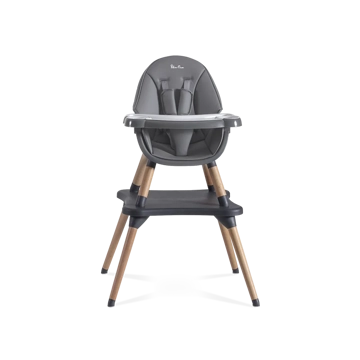
Eat&Play is the 4-in-1 highchair and play table that does it all. Transforming effortlessly from...
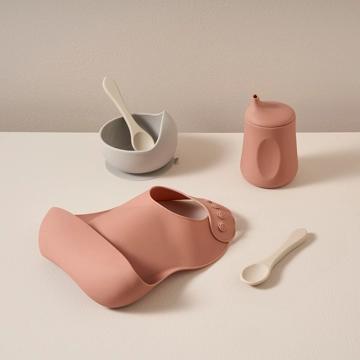
For snacking, weaning and playtime
Start you little one's weaning journey
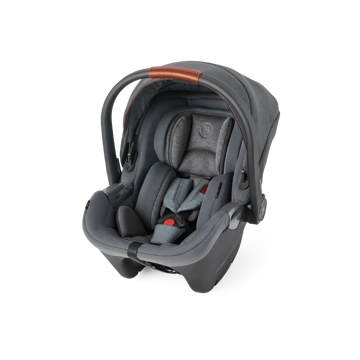
Awarded the safest infant carrier for your newborn by ADAC, when used with the Dream i-Size base
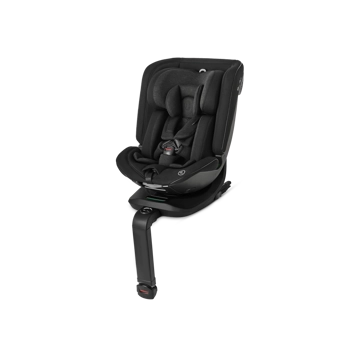
The only 360° rotating car seat you need, suitable from birth to approx. 12 years
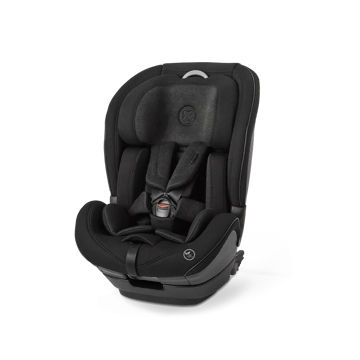
The multi-stage car seat, growing with your child from 15 months to approx. 12 years of age
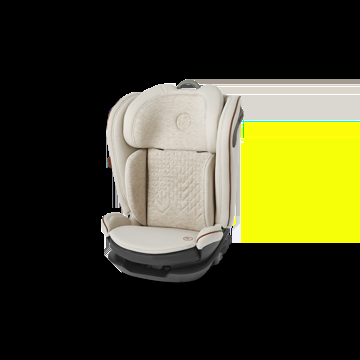
Our high-back booster seat from 4 to 12 years old, approved to the latest R129/03 safety standard
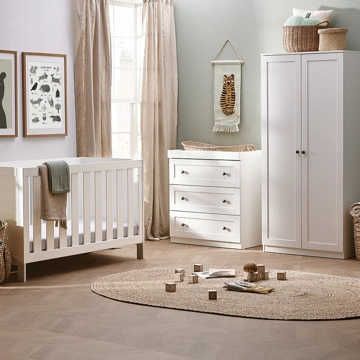
Simple and beautiful, the Bromley nursery furniture collection offers the perfect canvas for creatin...
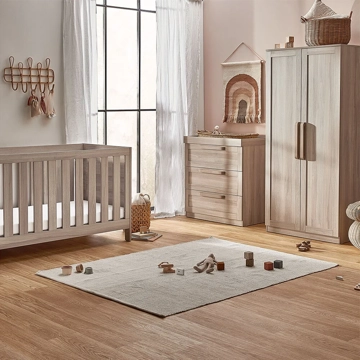
Create the best nursery for your little one to nap, play and grow with the Bromley Oak 3-piece nurse...

Special edition auto-folding super stroller.

Special edition 360° rotating, all stage car seat.
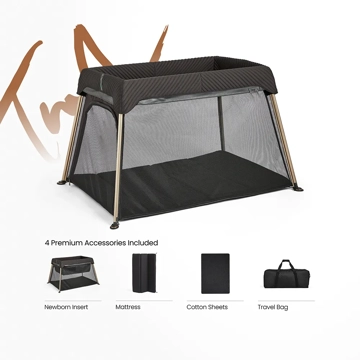
Special edition one-pop travel cot, co-sleeper and playpen.
Whilst breastfeeding is the natural way to feed our infants, for some parents it can be challenging, particularly at the start.
Breastfeeding your baby is something you both need to take the time to practice and learn. It is a dance between two partners and in the early days and weeks you will adjust the steps and find the right beat for you both. Here, International Board-Certified Lactation Consultant Stacey Zimmels highlights some of the common challenges breastfeeding parents in the UK face, with tips to help you to overcome them.
We live in a society with extremely low breastfeeding rates and so many of our ‘norms’ with regards to infant feeding are based on formula fed infants. Formula feeding is not the biological norm.
So, when our breastfed babies want to feed very frequently every two hours or more, when they cluster feed, when they fall asleep feeding, when they want to be close to their mothers and will only settle to sleep in our arms, we may consider something is wrong. This is because we are conditioned to think feeding 3-4 times hourly and then being placed down to sleep is what should happen and this is, in fact, not the case.
In order to overcome this challenge, it’s important to educate yourself around normal infant and newborn feeding behaviour and be responsive to those.
Avoid making changes because it is very possible these could be detrimental to your breastfeeding journey. Access breastfeeding courses which should help highlight what to expect from a newborn. Find friends and family members who are, or who have, successfully breastfed and look for Instagram accounts or Facebook groups that share this information. Usually just a dose big of reassurance is required, so if know where to go to get that, you will be OK!
After the first few days of birth, breastfeeding works on supply and demand - the more you feed, the more milk you will make. Feeding needs to be effective and frequent for this to happen. Responsive feeding is recommended by the World Health Organisation and NHS – meaning you should respond to your baby’s needs by offering the breast. Understanding this and staying away from dummies, feeding schedules and spacing out of feeds will help you avoid any challenges that may come with misunderstanding how breast milk production works.

Sleepy newborns
Babies can be particularly sleepy on the first day of life after their first feed and this may continue for the next 24 hours. Some infants may develop jaundice in the early days which can also make them sleepy. This means they may not reliably wake for feeds, stay awake for feeds or even latch onto the breast.
Tips for helping a sleepy newborn include waking to feed and aiming for a minimum of eight feeds in 24 hours and ensuring the baby is actively drinking milk at each feed. This means using slow deep sucks rather than fast fluttery sucks. If your baby falls asleep during a feed, wake them with a nappy change and put them back on the breast.
You should always offer both breasts per feed. If your baby starts to fall asleep during a feed, try using breast compressions to keep them awake and actively feeding. If, despite all these attempts, your baby is not achieving eight active breastfeeds in 24 hours, then begin to pump or hand express to feed your baby and seek immediate breastfeeding support.
Pain when breastfeeding is not normal. Some women notice discomfort on latching for the first few days or week following birth, which usually lasts around 30 seconds, then lessens and the rest of the feed is pain free. This is considered within the normal spectrum.
Any more pain than this is a sign things aren’t as they should be and a prompt to make some changes. Pain that lasts throughout a feed, pain that lasts beyond the first few days/week, damage to nipples or white nipples that feel stingy after a feed are all signs that you need to get some support.
In the meantime, you can check some of the basics of positioning and attachment (see point 4 on latching). If the pain or nipple trauma is unbearable you may need to take a break from direct feeding for some or all feeds and express and give your milk via a syringe, cup or bottle using paced bottle feeding.
Moist wound healing is recommended as a treatment for nipple damage. You can purchase Jelonet gauze from most pharmacies. Place the gauze on the nipple after the feed and leave until the next feed.
Difficulties with latching can come in lots of shapes and forms. The majority of mothers and babies who have latching issues either find latching is painful or sub-optimal. This can cause issues for the baby in transferring milk, which can then impact on milk supply and baby’s growth.
When it comes to latching your little one, you need to start by getting the position right - the better positioned your baby is before they latch, the better the latch will be.
So how should you position your baby?
Despite trying this, some babies may slip away from a deep latch to a shallower latch where they tend to have less areola in the mouth. If you find that your baby is doing this then you can try using the exaggerated latch technique.
There are certain breastfeeding positions which can facilitate getting a deeper latch. It is important to find the one which works best for you and your baby.
Click the links below for more information:

Low milk supply
Low milk supply is commonly cited (reports of up to 35%) as the reason women stop breastfeeding. What is interesting is that only around 2.5 % of women have physical issues producing milk.
You may be affected if you have any of the following conditions:
We clearly need to differentiate between women who can’t produce enough milk and the women who think they can’t, or who can but their milk supply is compromised due to issues with supply and demand. As milk supply is driven by your baby, the more your baby goes to the breast the more milk your breasts produce. This is why responsive breastfeeding is the most effective way of establishing and maintaining a milk supply.

Stacey Zimmels is a feeding and swallowing specialist, speech therapist (SLT) and International Board- Certified Lactation Consultant (IBCLC). Stacey has worked for almost 20 years supporting infants and children with a wide range of feeding and swallowing difficulties. Her breadth of knowledge and experience runs across the spectrum; including but not exclusive to feeding difficulties associated with preterm infants, breast and bottle feeding, weaning difficulties, feeding challenges secondary to food allergies and reflux, swallowing difficulties and fussy eating.